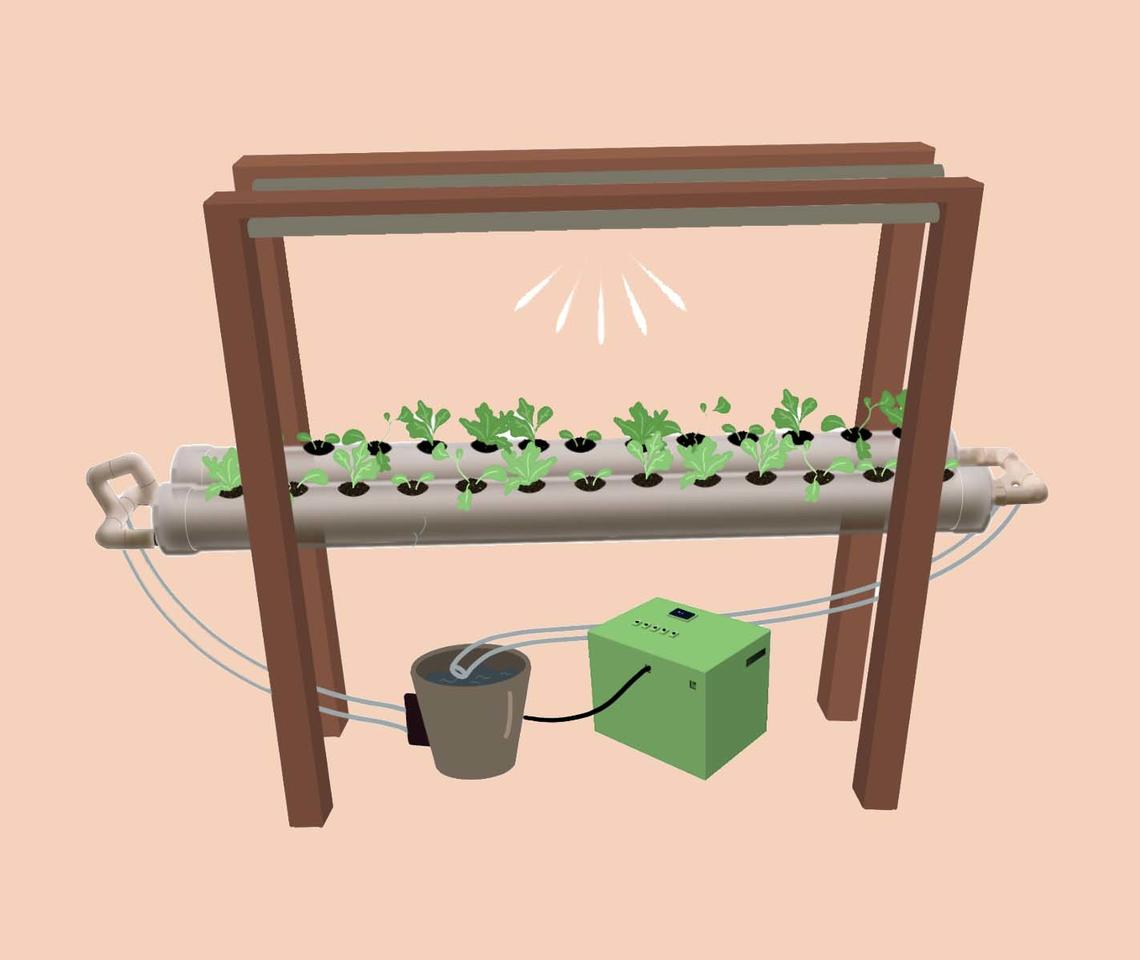
Sustainable Design Competition
A challenge for ENEL 400 students.
During winter 2022 Electrical Engineering Design and Technical Communications (ENEL 400) students were challenged to design a theoretical product or system that could make the University of Calgary’s campus more sustainable. The evaluation of the proposed system or prototype considered electrical functionality, economic viability, social impacts and environmental impacts. Four groups of students submitted their designs at the end of the term.
Project ideas included:
- Swift Drift
- Electrically powered scooters with solar charging stations. Designed by Aliaa Elmurshedy, Mahira Mirza, Qinglan Lin, Hanna Woldegebriel and Vyshnavi Devarakonda.
- Smart Trash Bin
- An electrical system that recognizes and helps to organize waste into correct recyclable and organic bins. Designed by Atharva Naik, Kushal Gadhiya, Rishabh Ruhela and SK Mahin Razwan.
- Air Quality monitor
- A device that monitors Hydrogen Sulfide, Propane Air, Methane, Carbon Monoxide and Volatile Organic Compounds in the air. Designed by Visar Beci, Nadia Duarte, Patricia Sharleen, Jailim Lugo and Nandeeswar Reddy Yerradoddi.
- Gin and ‘Ponics
- A hydroponic system that allows users to customise water and lighting schedules, and monitors temperature and humidity data. Designed by Marki Costa, Lee Evans, Roberto Fornez, Duncan Grace and Emily Knight.
Gin and ‘Ponics’ unique hydroponic design won the competition. The design proposal includes considerations of affordability, market constraints that can impact the design, and ways to meet user needs safely whilst maintaining functional reliably in a variety of environments. The final presentation can be found here.
Future opportunities and design improvements include:
- Adaptation of software for the LED that represents light status to be aligned with the correct Arduino pin.
- Incorporation of pH monitoring and nutrient dosing to make the system more comprehensive and useful for all levels of horticulturists.
- Implementation of additional software to display energy and water usage statistics.
- Implementation of an external real time clock module to improve the accuracy of the pump and light timing.
- Increasing the system display size and decreasing the device's environmental footprint.

Gin and 'Ponics prototype design of a hydroponic station.
